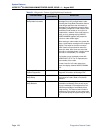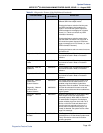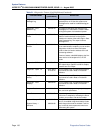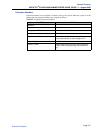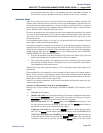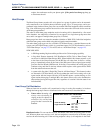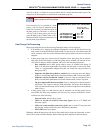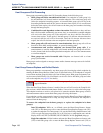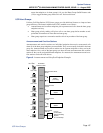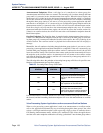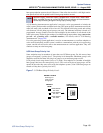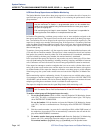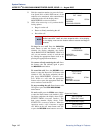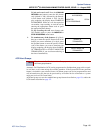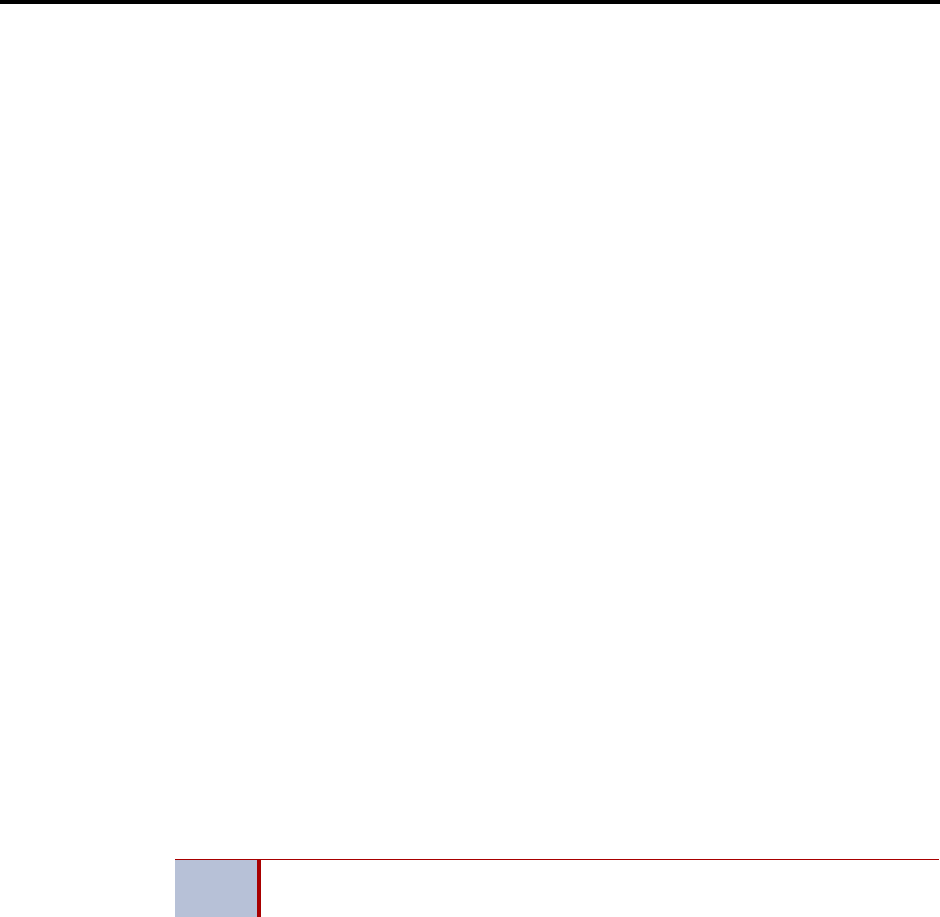
System Features
INTER-TEL
®
CS-5200/5400 ADMINISTRATOR GUIDE, ISSUE 1.1 – August 2005
Page 136 Hunt Groups and Call Forwarding
Hunt Groups and Call Forwarding
Hunt group programming affects the Call Forwarding feature in the following ways:
• Hunt group calls follow unconditional forward: If an endpoint in a hunt group is in
the unconditional call forward mode to another endpoint, calls to the hunt group will
follow the endpoint forwarding request. A forwarded hunt group call will ring at the
forwarding destination until the No Answer Advance timer expires. If it is not answered
before the timer expires, the call will return to the hunt group and continue circulating
through the hunt group list.
• Conditional forward dependent on timer interaction: Phones that are busy and have
their calls forwarded conditionally (no answer, busy, or unavailable) to another endpoint
will receive the hunt group call (if the endpoint is not busy) until the Forward No
Answer timer expires. At this point, if the hunt group’s No Answer Advance timer has
not expired, then the call will be forwarded. Once the No Answer Advance timer
expires, the call will circulate to the next endpoint in the hunt group list.
• Hunt group calls will not forward to some destinations: Hunt group calls will not
forward to Voice Mail, outside numbers, or system forwarding paths.
• Announcement and overflow endpoints can forward hunt group calls: If an
announcement or overflow endpoint has call forward enabled, hunt group calls will fol-
low the forward and the forwarding destination endpoint will act as the announcement
or overflow endpoint.
• Hunt groups can receive forwarded calls: Endpoints can forward calls to a hunt
group’s pilot number.
Hunt groups can be assigned as message centers and/or alternate message sources for individ-
ual endpoints.
Hunt Group Remove/Replace and Do-Not-Disturb
Hunt group members can temporarily stop hunt group calls from ringing at their endpoints by
entering the Hunt Group Remove feature code as described below. (If an endpoint is assigned
to more than one hunt group, this halts calls from all hunt groups. Hunt group assignments can-
not be removed individually.) Do-Not-Disturb can also be used to halt hunt group and other
calls to the endpoint (see page 235 for details).
When the Hunt Group Remove feature is enabled, the user will still receive the Camp On dis-
play and tone, and the individual trunk button flashes, if one exists, for calls to the hunt group.
The endpoint continues to receive calls placed to its extension number. Hunt group overflow
and announcement stations cannot block hunt group calls using this feature.
If an endpoint user has programmed a button for entering the Hunt Group Remove/Replace
feature code, and if that button has a lamp, the lamp will be lit whenever the endpoint is
removed from the hunt group.
To remove the endpoint from its hunt group(s) or replace the endpoint in its hunt
group(s):
Inter-Tel endpoints: While on- or off-hook, enter the Hunt Group Remove feature
code (322) to halt hunt group calls or enter the Hunt Group Replace feature code (323)
to return the endpoint to its hunt group(s). Or, use the Hunt Group On/Off feature code
(324) to toggle the hunt group mode on or off. You hear a confirmation tone, and the
display shows ACCEPT (or DIVERT) HUNT GROUP CALLS. If off-hook, hang up.
Single line endpoints: Lift the handset and enter the Hunt Group Remove feature code
(322) to halt hunt group calls or enter the Hunt Group Replace feature code (323) to
NOTE
This feature has no effect on ACD hunt groups. See
page 145 for ACD login/
logout information.



